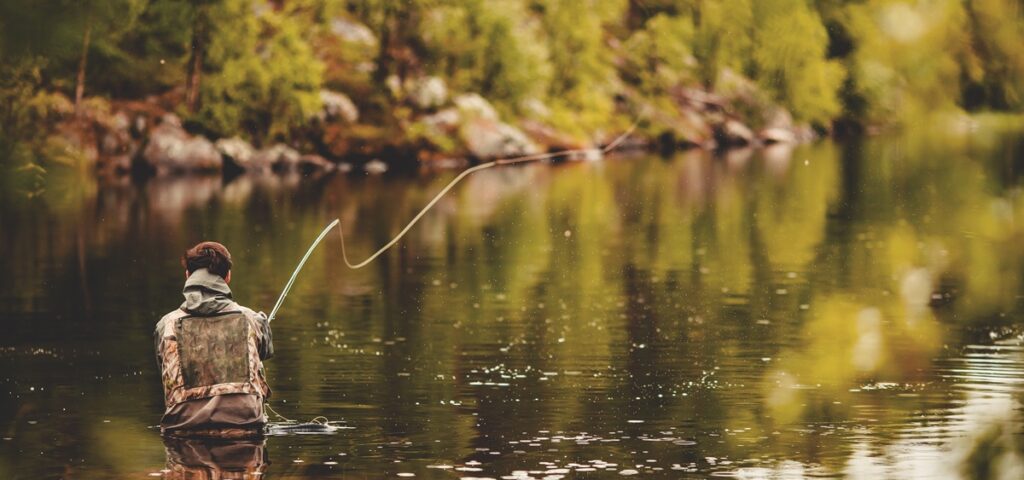For many people, fishing is a beloved pastime … but fishing by the rules is even better! Before you grab your favourite hat, rubber boots, and a tackle box full of shiny lures, test your knowledge with this fun and informative quiz about sport fishing in Quebec.

Quebec is divided into 29 fishing zones, and each has its own set of rules depending on the fish species present at the location. This means that rules can vary based on the fishing location, the species you’re targeting, the time of year, and the type of fishing method you’re using.
Before heading out, make sure to:
- Carry a valid fishing licence and photo ID, if needed.
- Know your fishing zone.
- Follow limits on quotas, fishing periods, possession limits, and catch size based on species and zone.
- Use the right gear (hooks, lures, bait).
- Learn how to identify the fish you catch during sport fishing especially when transporting them or when you have them in your possession (saying “a long fish with stripes” won’t cut it during a check!). Tip: The iPêche mobile app is free, works offline, and can help you identify freshwater fish in Quebec.
Breaking the rules can lead to fines that depend on the seriousness of the offence.





